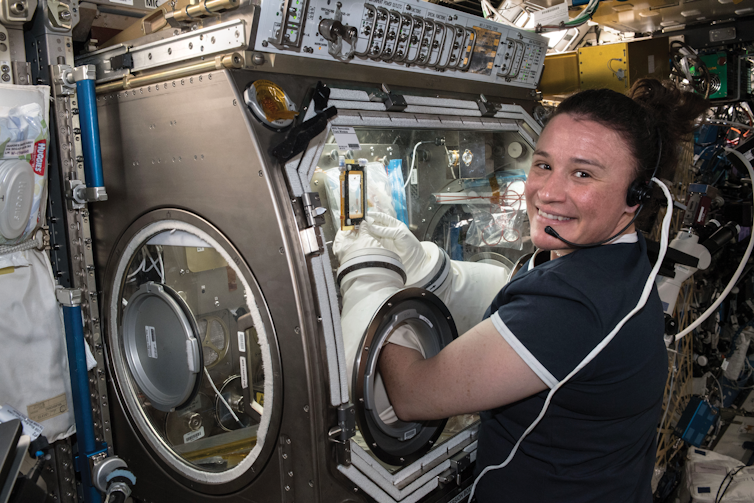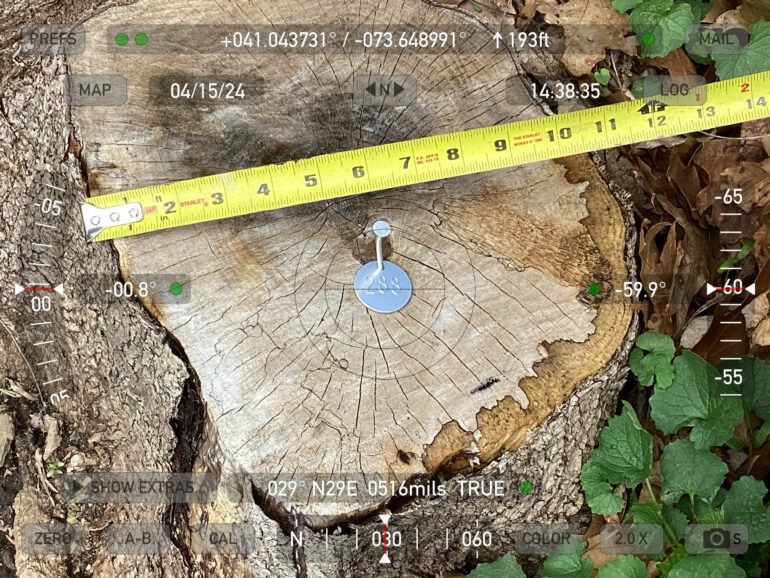When people think about what we get from the U.S. space program, it may be along the lines of NASA technology spin-offs such as freeze-dried food and emergency space blankets.
But space activities do much more that benefits life on Earth. Research in space helps scientists study our environment, develop new technologies, create jobs, grow the economy and foster international collaboration.
Of course, with reports of Russia developing an anti-satellite nuclear weapon, members of Congress and the media have focused their attention on space defense and military readiness.
This is critical, but there are still many other benefits to reap from space. Getting the most out of U.S. space involvement will require collaborating across various social, environmental, commercial, governmental, international and technological backgrounds.
As a space policy scholar focused on private-public partnerships, networks and coalitions, I’ve seen that policymakers can get the most out of U.S. space endeavors if they invite a wide array of experts into policy discussions.
Benefits on Earth
NASA satellites play a crucial role in documenting changes in global temperatures, sea-level rise, arctic ice extent and air quality. Satellites have also been collecting data for almost 50 years to monitor water use, crop health and crop production. These long-term observations help researchers track environmental changes across the globe.
Space research provides a wide array of technologies in addition to rockets and Moon landers. Cellphone cameras, CAT scanners, the computer mouse, laptops, wireless headsets and water purification systems are just a few public goods NASA has generated.
These spin-off technologies come from NASA’s partnerships with private firms, which subsequently make scientific discoveries widely available and accessible.
Growing the space economy
Experts predict that the space sector will continue driving the development of nonspace industries. Agriculture, energy, mining, transportation and pharmaceuticals are just some of the sectors that benefit through spin-off technologies and space-based research.
For example, scientists can conduct experiments on the International Space Station using the microgravity of space to study the chemistry of drugs, improve medications and test cancer treatments.

NASA astronaut Serena Auñón-Chancellor works on the Angiex cancer therapy study that aims to test a more effective and safer treatment targeting tumor cells and blood vessels.
NASA
More organizations and individuals than ever share a vested interest in the space sector’s success. Experts anticipate the global space economy – the resources used in space for activities – and research and development will continue to grow to a market of US$1.4 trillion by 2030.
Commercialization policies opened U.S. space activities to the private sector. This has led to partnerships with companies, such as SpaceX,…



